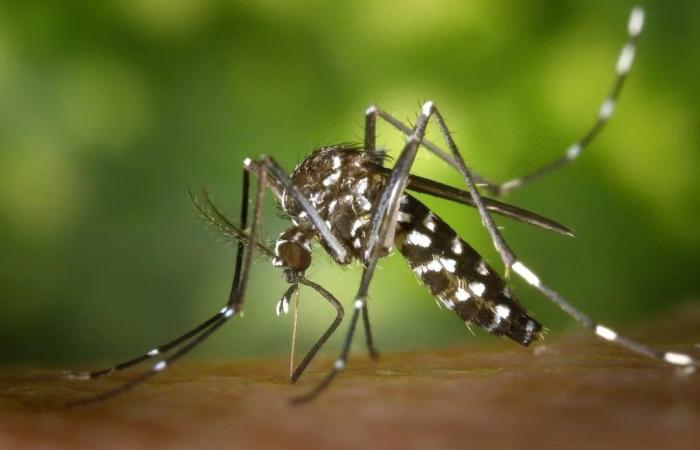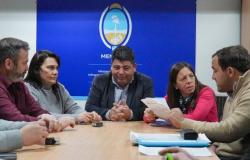The latest National Epidemiological Bulletin revealed that in Argentina, in accumulated terms, 526,030 cases of dengue have been reported from SE 31/2023 to SE 23/2024 (95% indigenous, 3% under investigation and 2% imported), of which 508,867 (97%) correspond to the year 2024.
The accumulated incidence so far for the season is 1,118 cases per one hundred thousand inhabitants.
In a country-level analysis, a decrease in the number of cases has been recorded for 9 weeks – after the 3 weeks with the highest number of cases -, between EW12 and EW14, when an average of 60,514 weekly cases were recorded.
As for the NEA Region, it recorded the highest number of cases of the season between SE02 and SE04/24, with continuity of cases throughout the season, as well as an early rise for 17 weeks (SE40/2023 until SE4/2023). 2024).
Subsequently, there was a gradual descent from SE5 to SE23. Between EW20 and EW23, an average of 252 weekly cases were recorded.
In this sense, in the NEA of the total confirmed cases in Corrientes, 8,371 correspond to the year 2024, with Chaco registering a total of 28,119 cases throughout the season, Formosa 16,358 and Misiones 14,578.
NATIONAL DATA
At the country level, the accumulated cases until EW23 represent 3.29 times more than what was registered in the same period of the previous season -2022/2023- and 8.01 times more than what was registered in the same period of 2019/2020.
Regarding the impact by region, the highest accumulated incidence so far is that of the NOA region with 2,048 cases per 100,000 inhabitants, followed by the NEA with 1,588, Center with 1,071, Cuyo with 288; and, South with 48 cases per 100,000 inhabitants.
Regarding the contribution of absolute cases, the Central region contributed 61.6% of all reported cases, followed by the NOA regions with 23.1% and NEA, with 13.1%, while the Cuyo and South contribute 2.2%.
DETAILS
In the current season, 3 serotypes have been identified in autochthonous cases, with a predominance of DEN-2 / more than 56%), followed by DEN-1 (more than 43% (between the two they account for more than 99.9% of the cases) and a few cases of DEN-3 recorded in early 2024.
From SE31/23 to SE23/24, 55% of the cases were registered in people of the legal female sex and 45% in men. The highest cumulative incidence and the largest number of cases is observed in people between 10 and 39 years old. The lowest incidence is recorded in those over 80 years of age and those under 10.






